Fred Brown
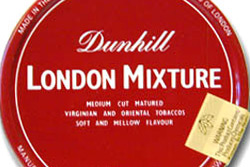 In the four decades I first discovered the joys of pipe smoking, I have learned that life changes when you aren’t looking. Leave the room and when you return, something is missing. Like your favorite pipe tobacco!
In the four decades I first discovered the joys of pipe smoking, I have learned that life changes when you aren’t looking. Leave the room and when you return, something is missing. Like your favorite pipe tobacco!
The older I become, the more I understand that getting older is far more desirable than not getting older.
No, really, putting age between the ears provides you with some brain cells you didn’t know you had, especially when you were in the wild flames of youth.
For example, I don’t scorch my tongue with cheap tobaccos any longer. Nor do I puff my pipes like an overworked engine today. In fact, I don’t do many things I once thought important, such as staying out all night in all the wrong places.
Now, back in the day, say, the early 1960s, Dunhill pipes and tobacco blends were the standard of excellence and beyond the personal economics of a poor college student, an English major with Pulitzers dancing in his head.
Those days were also the heyday of "codger" tobacco blends, the Prince Albert, Barking Dog, the Country Doctor, Graingers, Sir Walter Raleigh, Carter Halls, Walnuts, etc.
These were the tobaccos of many of my professors, the tweedy set, who smoked during lectures, as did we students.
In the lexicon of those legendary brands, there was an outlier, Duke’s Mixture, a roll-your-own cigarette leaf, that some old-timers also smoked in their store-shelf pipes.
Envision the image of the bibbed-overall farmer in this picture, pulling open a cloth tobacco bag, stuffing Duke’s Mixture into a cheap pipe, and yanking the bag drawstrings shut with his teeth.
Duke’s Mixture, so the historical record says, was named for James Buchanan Duke, the bazillionare owner of American Tobacco in the early 20th century, and the reason British American Tobacco (BAT) exists today.
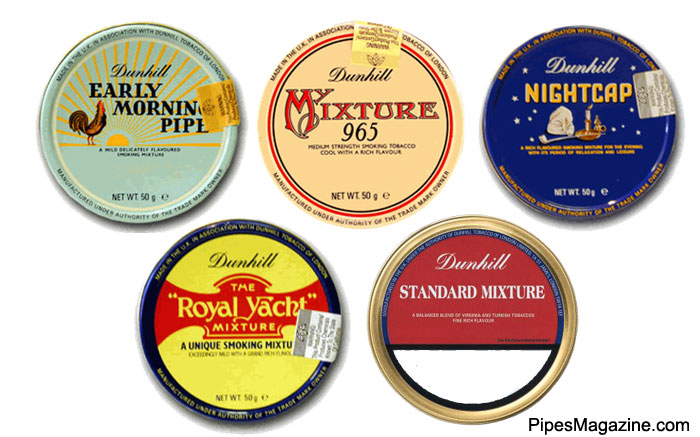
History relates that American Tobacco and Britain’s Imperial Tobacco decided not to sue each other out of existence over territorial sales. So, they joined in partnership creating BAT to capture the global tobacco markets outside of America and Great Britain.
Duke, American Tobacco, and BAT are stories for another day, but BAT is known now as one of the largest cigarette manufacturers on the planet and owning the Dunhill pipe tobacco blends, as well as Dunhill cigars.
As pipe smokers have learned, at times the hard way, tobacco blends come and they go. Some blends get sold off, never to appear again, or come out of the shadows in some odd-ball iteration, a witch’s brew.
And, then, some of the remakes are not so bad, as witnessed recently with new/old blends resurfacing to popular review.
Dunhill, for goodness sakes, was launched on Duke Street in London. Alfred Dunhill hand-blended his pipe tobaccos. What could be more solid than this history?
Dunhill cigars have been prized by prime ministers and those who dream of greatness.
Let your imagination fly away for a moment and visualize the blustery image of Sir Winston Churchill walking along Duke Street (I said, let your imagination roam freely), in the St. James’s area of the City of Westminster, and ducking into Dunhill’s tobacconist for his Romeo y Julietas? Alfred is there, smiling.
Alfred Dunhill was a man of his times, a bespoke pipe tobacco blender, who also had deep, personal connections to Cuban cigars. The time was around World War II when if you saw Sir Winston, you saw his cigar.
In fact, it seemed as if he were being led around by his cigar. Sort of bulldoggish, which of course suited the times.
Now fast-forward 70-plus years. Those legendary pipe tobaccos and cigars of Sir Winston Churchill (and, of course, many, many other famous souls of that dear time) is said to be passing into the history books based on a business decision by BAT.
As much as we’d like to think pipe tobaccos and cigars are an important part of the tobacco economy, they represent a tiny fraction of the market.
But just to give you something to chew upon, from January 2016 to December 2016, the sale in pounds of tobacco rose more than 1,000 percent, increasing tsunami-like from 2.8 million pounds to 36.8 million pounds.
These numbers hail from the Department of Treasury’s Alcohol and Tobacco Tax and Trade Bureau.
That’s a lot of leaf. And you must ask yourself, what was driving the monthly increase? Glad you asked.
What the numbers show rather definitively is that from January 2016 to December 2016, there was a steady monthly increase of from 3-to-4 million pounds of pipe tobacco sold in the U.S.
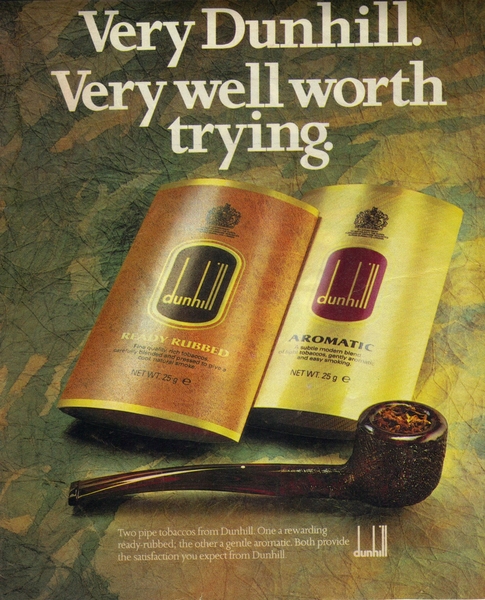
And another thing. . . .
Naturally, I have a couple of ideas of why this beautiful leaf was being purchased in such great amounts: My theory is that in 2016, pipe smokers began to feel the hot breath on their necks from the Food and Drug Administration’s deeming regulations.
Hoarding became the revolution’s mantra. Everyone not only feared the new add-on and unnecessary regulations, but also pipe smokers were also attempting to get in front of the FDA.
In 2018, many of our beloved tobacco brands not being sold on or before February 2007, will disappear, or face steep economic sanctions in order to survive. By any other name, this is a ban on pipe tobacco.
Pipe smokers may be contemplative sorts, but they do know how to hedge their bets.
Plus, more and more young people, shall we call them millennials, are no doubt coming to the hobby. It fits right in with the millennial lifestyle—pondering their hands most of the day, using a smartphone to text with other millennials, and not really giving a hoot what fogeys pushing 50 think.
The pipe fits right in with that self-absorbed lifeform.
What surprises me somewhat is that some of the really big fish in the tobacco manufacturing pond are not looking at this younger demographic and seeing green things sprouting from their pockets
Why should the tobacco world let the FDA completely destroy our way of life? This is worth fighting for.
Surely there are enough of us to make some sort of sound that congress will hear. It will take an act of congress to overrule the FDA.
I know that is a tall order, but pipe smokers vote, too. Maybe a tobacco town hall would work!
Uh, on second thought, the politicians wouldn’t show.
Another notion is to write your congressmen. I’m not a fan of writing letters to congressmen because I think only congressional staffers are stuck with reading them and then printing out an impersonal form letter, if there is to be an answer.
So, hoard, hoard, hoard.
Hoping all this will suddenly go away is not a good tactic.
We have already been outflanked.
|
|

.gif)









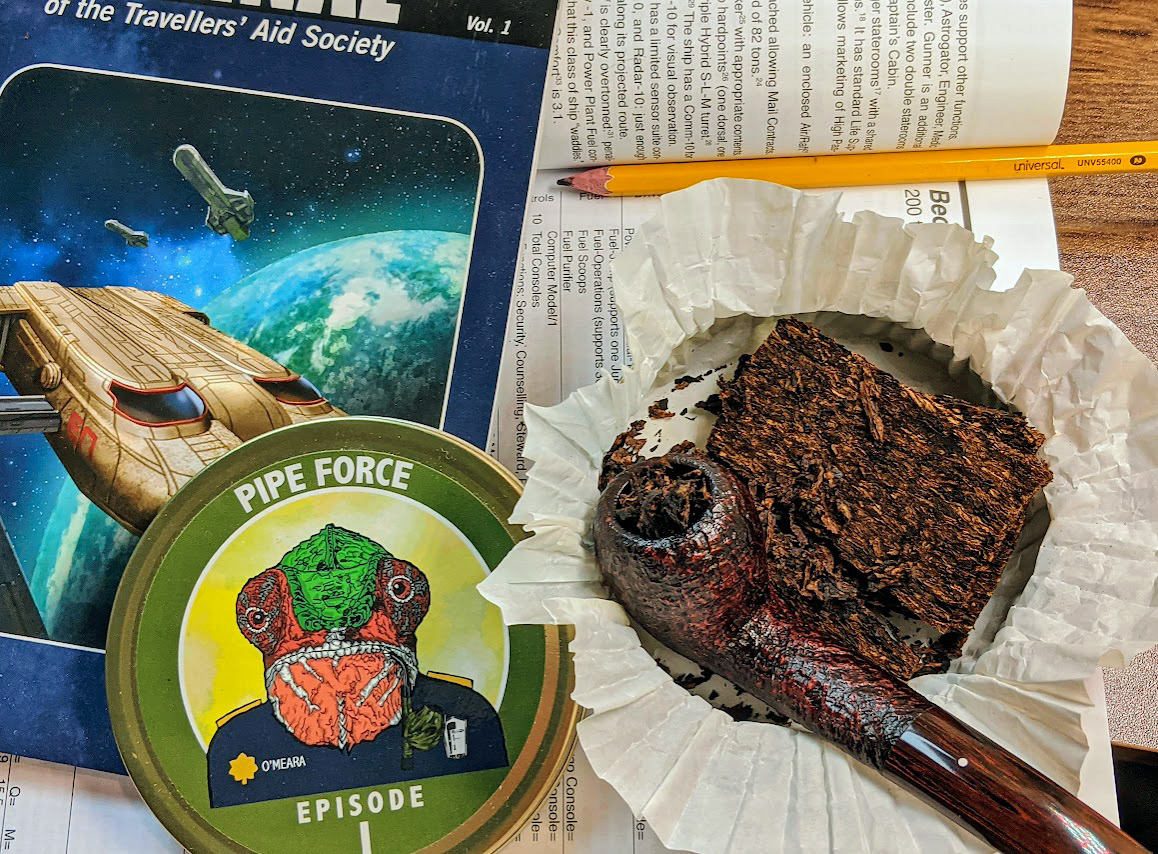
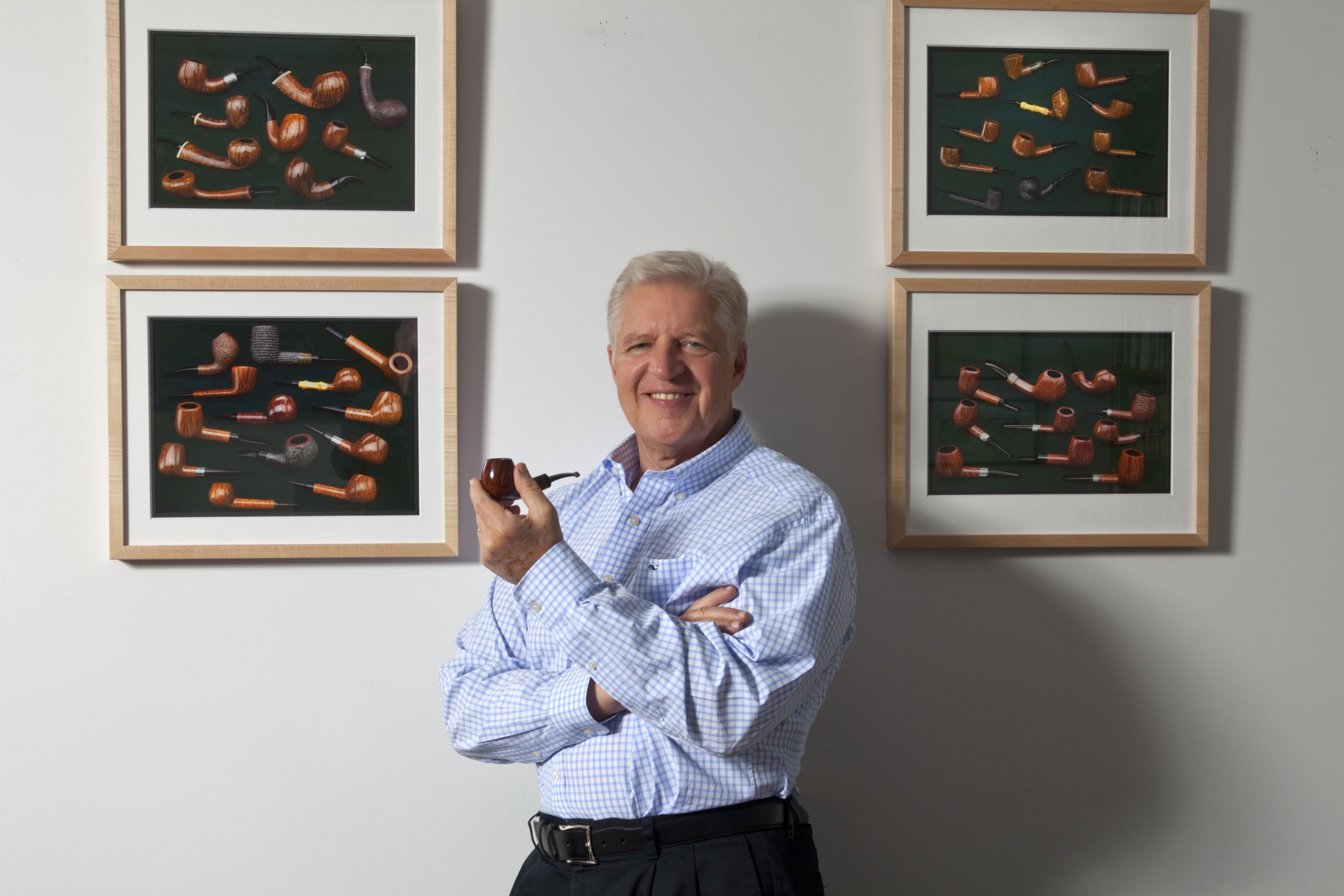



I’m from Duke country so have seen the estate and town houses of that dynasty as well as the university they founded and funded. Quite a barony. I’m prone to fits of optimism, so I doubt all the pipe blends will disappear on cue, nor that a steady selling brand like Dunhill is going to evaporate. Okay, I may lay in some Dunhill bulk in big canning jars as a hedge, but sometimes when the sky is falling, that just means a little rain.
Good article.
As I’ve been saying and doing for some time, we need to stock up especially our favorite blends.
They might not be here tomorrow.
A smart piper is one who is planning for tomorrow. If not for the blends he enjoys today, keeping them for personal smoking prosperity, to buy them for tomorrow for when they may not be around. Are your cellars ready for the tobaccocalypse? Start stuffing your cabinets, shelves and coffers now. If it ends up being much ado about nothing, you’re set for a while. If it turns out as bad (or worse) than expected, you’ll be sitting pretty. Provided you can afford to get what you can and you’re storing everything properly, there is no downside.
There is a reason I keep almost 1100 cans of tobacco in my pipe room. If it does remain on the market, the vultures in DC will get around to taxing it until it becomes a luxury item.
Excellent article thanks for sharing! So much truth to this and I’ve been exercising your advice since 2010. I will continue to hope for the best but prepare for the worst. I look forward to reading more articles from you.
Thank’s for the article, I found it very interesting.
Well said. In the 1950s, when I started smoking the very best tobacco available was Balkan Sobranie, not Dunhill. Dunhill’s best was 965. It was a different tobacco from the 965 of today. Much smoother and tastier. Both cost about a dollar an ounce, canned. Dunhill was still mixing tobaccos to order. I forgot the number of my own mixture, but it wasn’t very good. A trip to Dunhill’s was fun. They were on 51st, as I remember, and Fifth Ave, across from the cathedral. The first floor was for pipesmokers, the fourth floor for cigars. Years later I had my own humidor on the fourth floor. The guys who worked there unwrapped the cigars so they would age better, and you stored and aged them at the store, no charge.
As far as the availability and cost of pipe tobacco, I agree it is necessary to have a large stash. I have more than a lifetime of tobacco in cans, dated. About 1100 cans, many double sized. I do expect increased taxes and even possible unavailability.
Well, Fred, you seem to be pretty sure about your math… yet, go on and read again and you will see that your numbers don’t add up at all. Is it not a job of a journalist to double check? I would say, it is. No, I would even say it is what a journalist insist on doing before publishing anything. Anyway, if you’re still not convinced going over the numbers again, why not contact TTB or your math teacher directly?
Now, I am far from being anything like a math genius, but hey, that’s as far from a 1000% increase as is my pay check raise. Unfortunately for me.